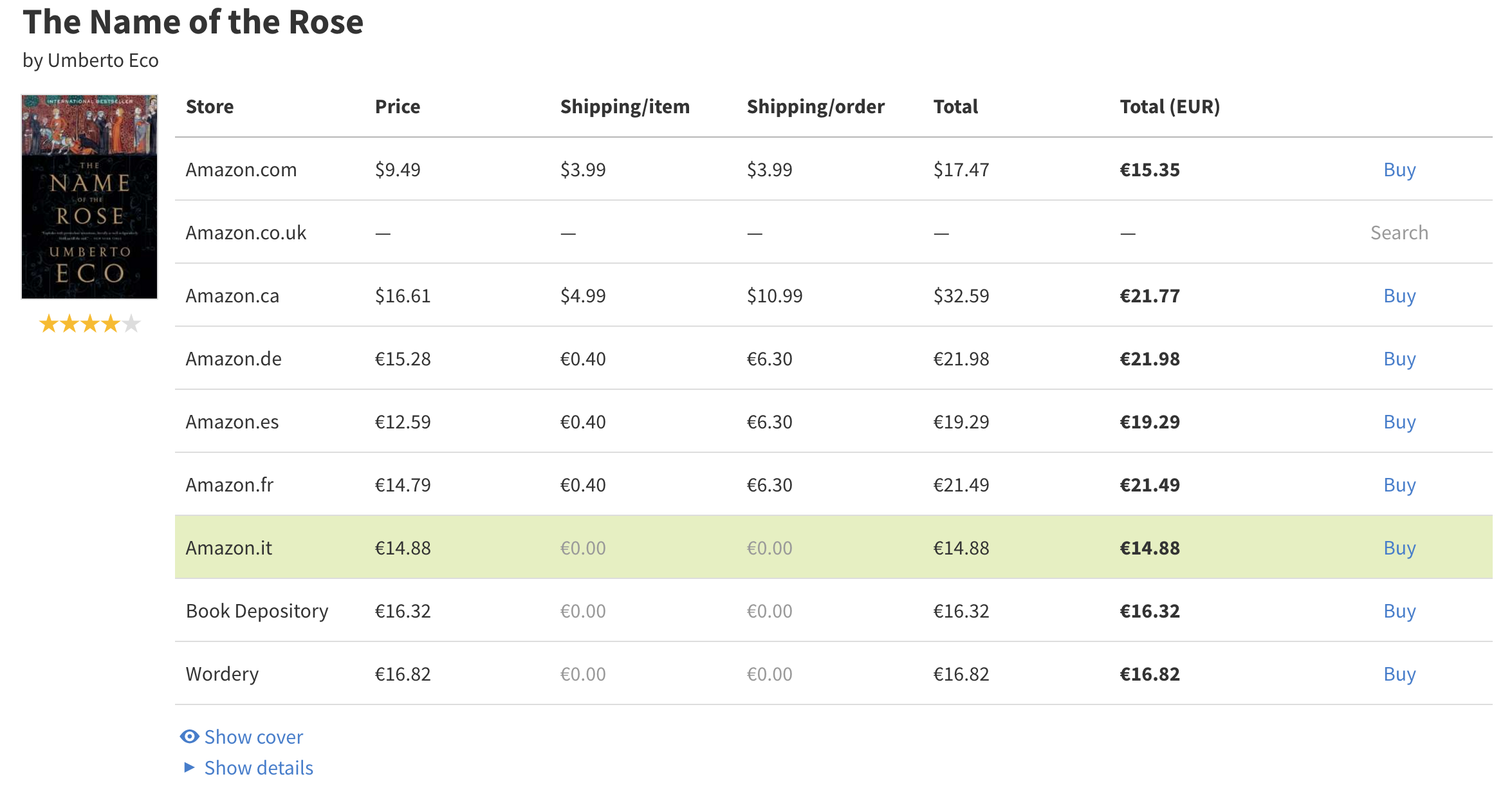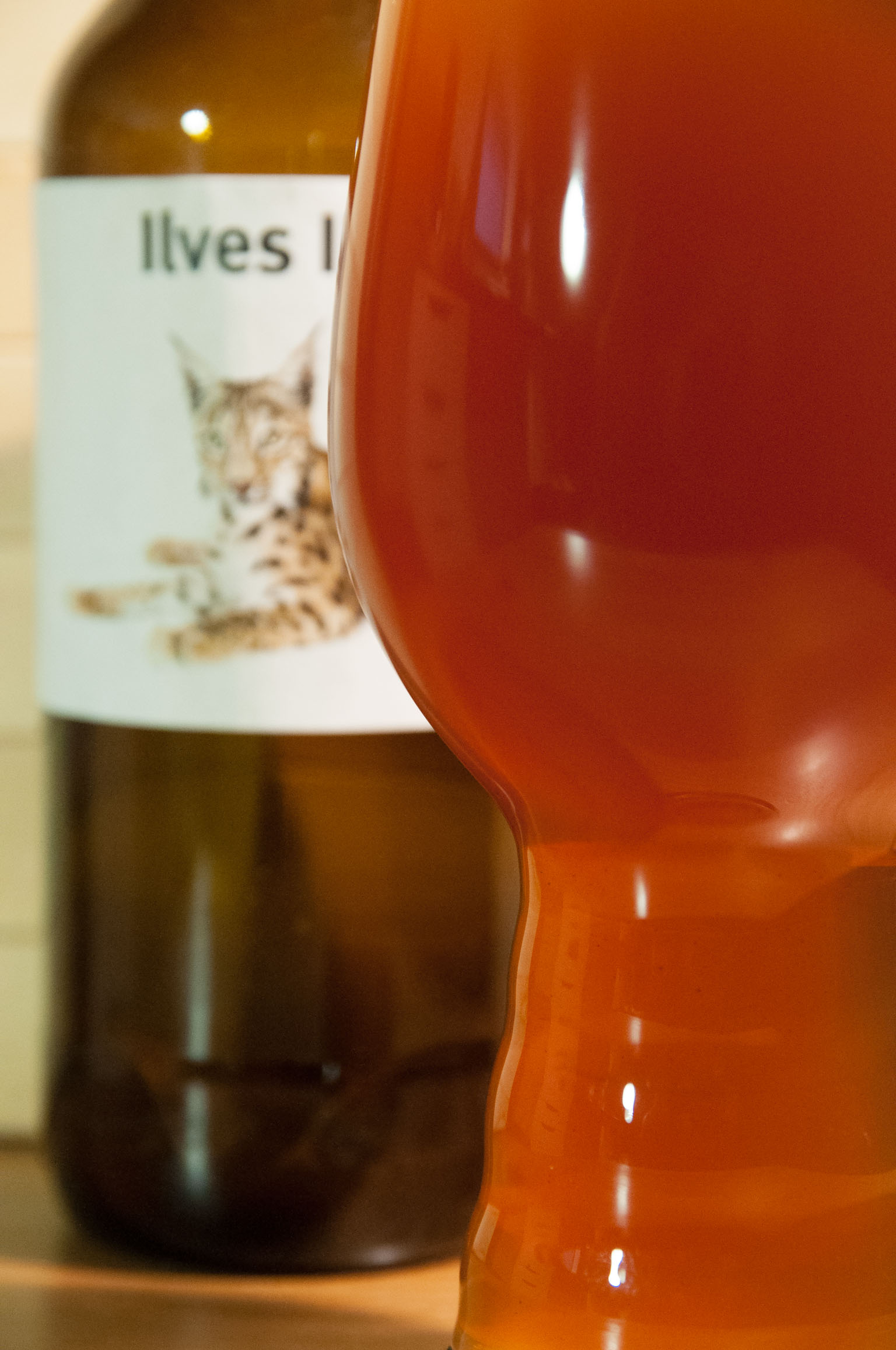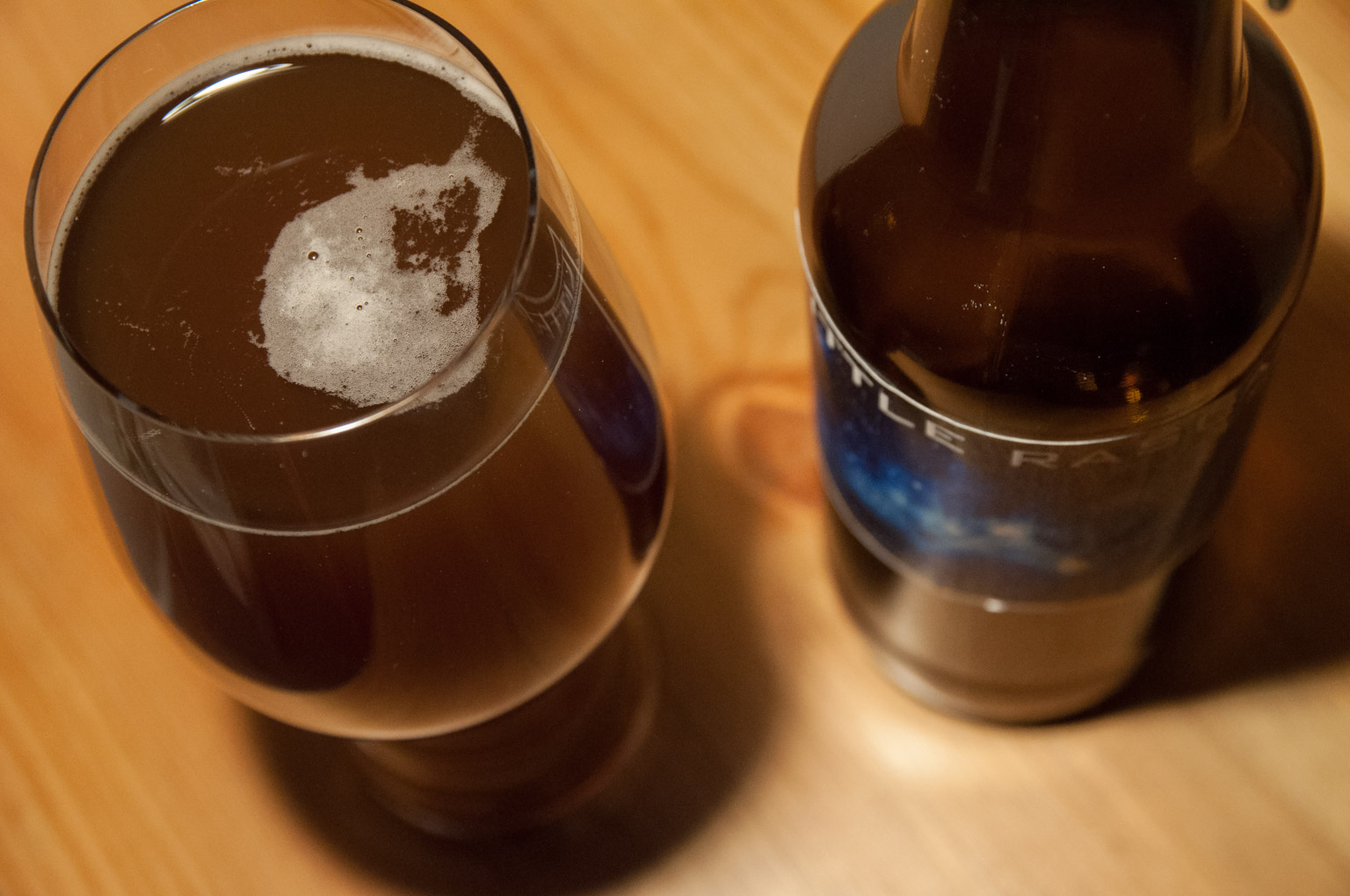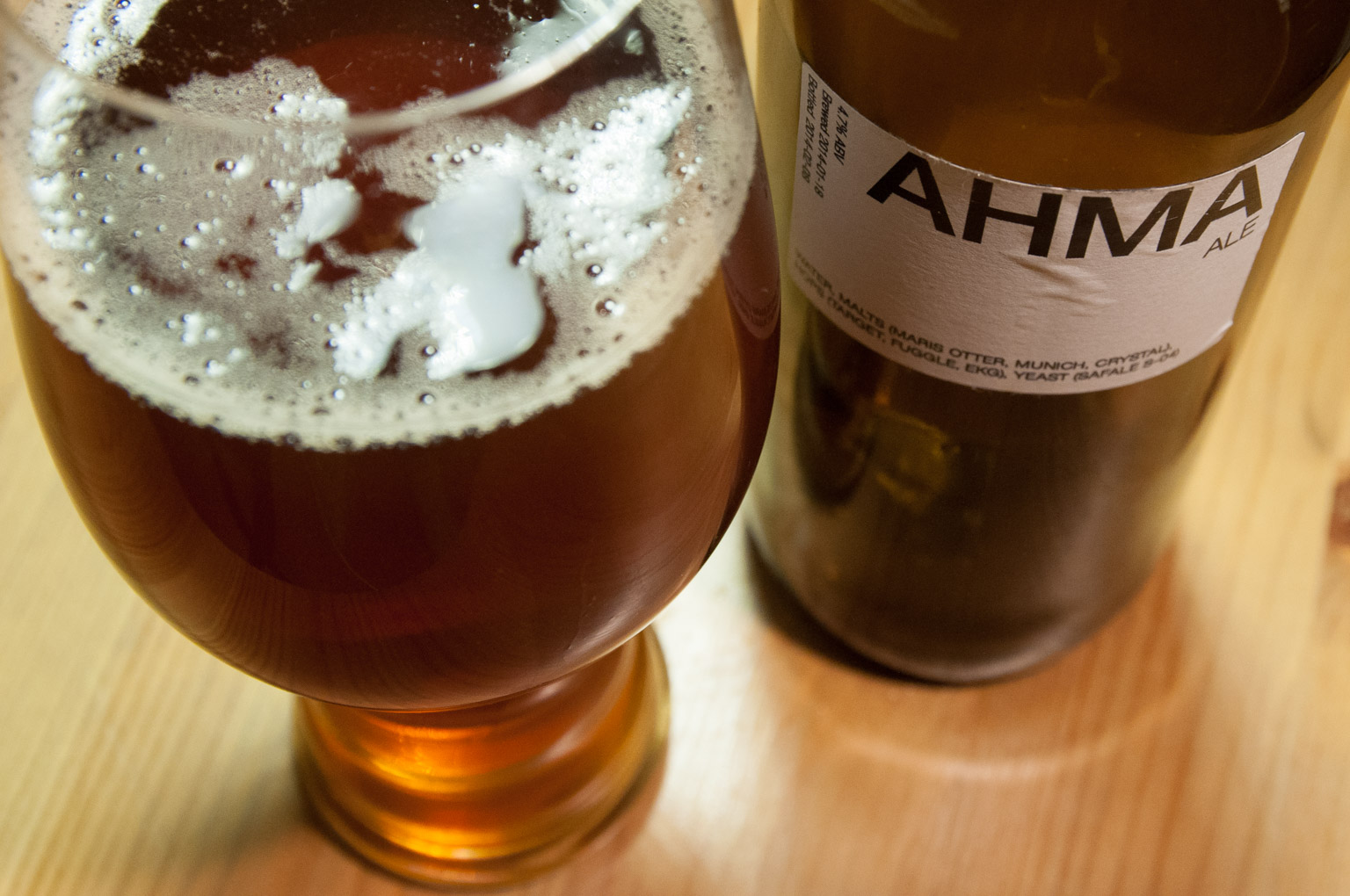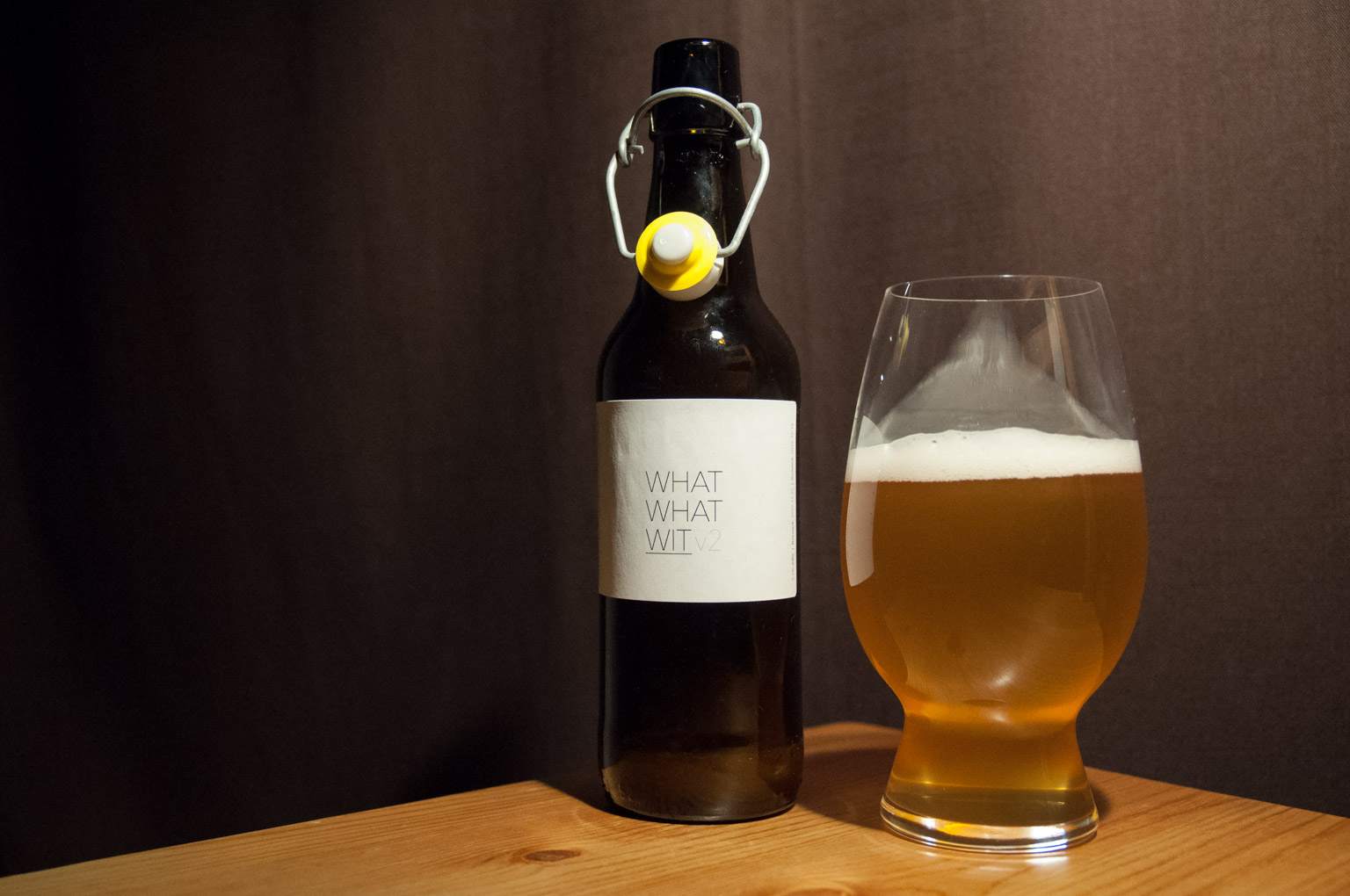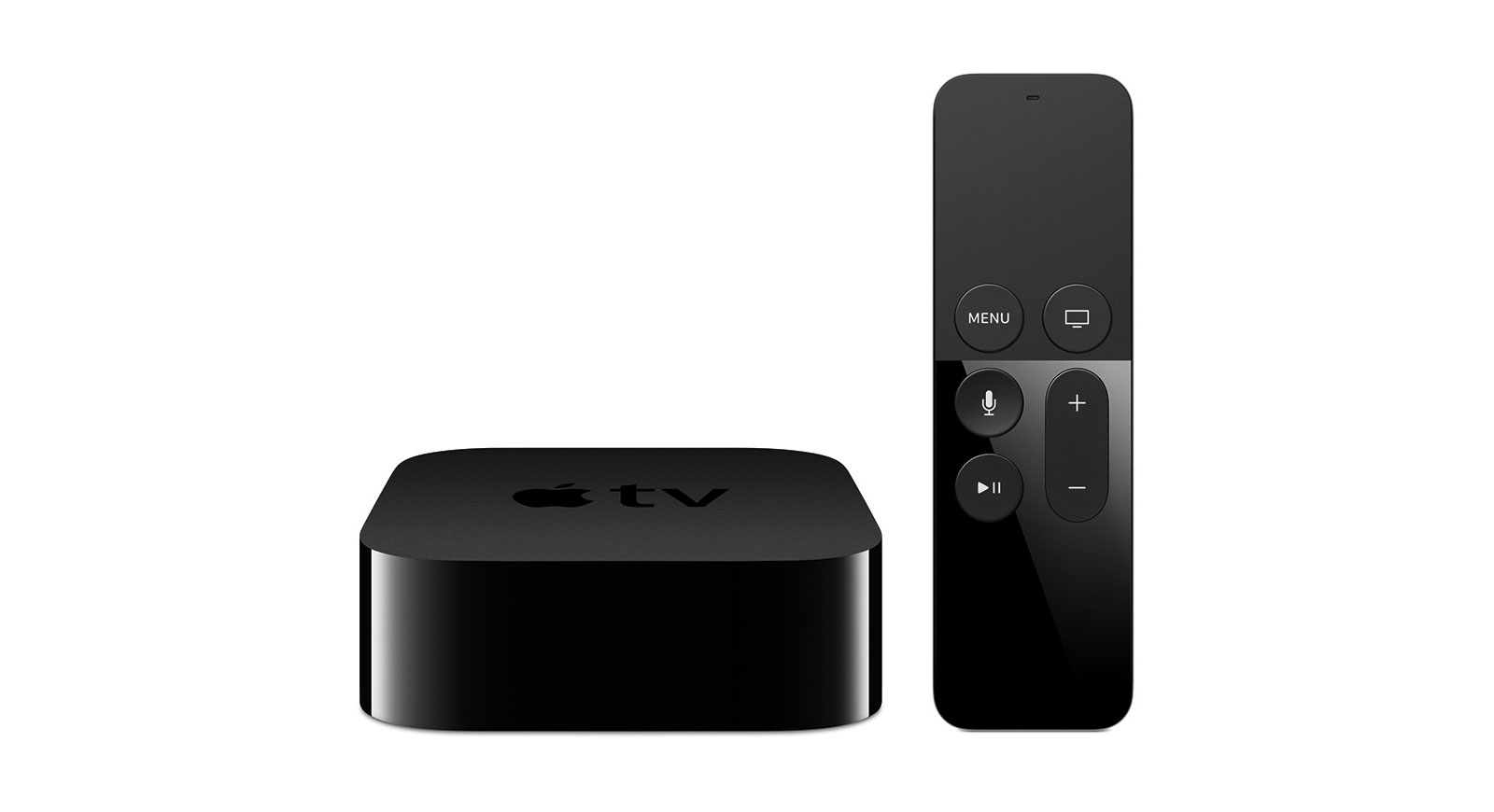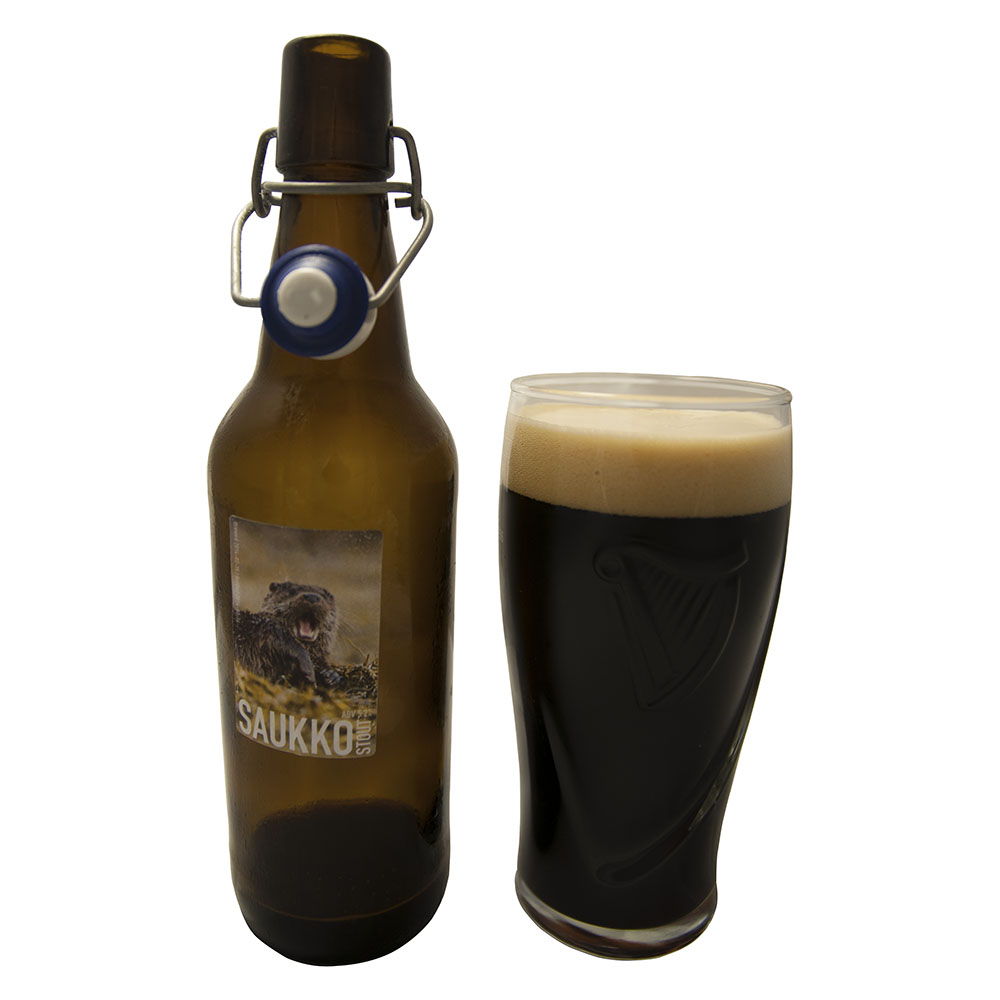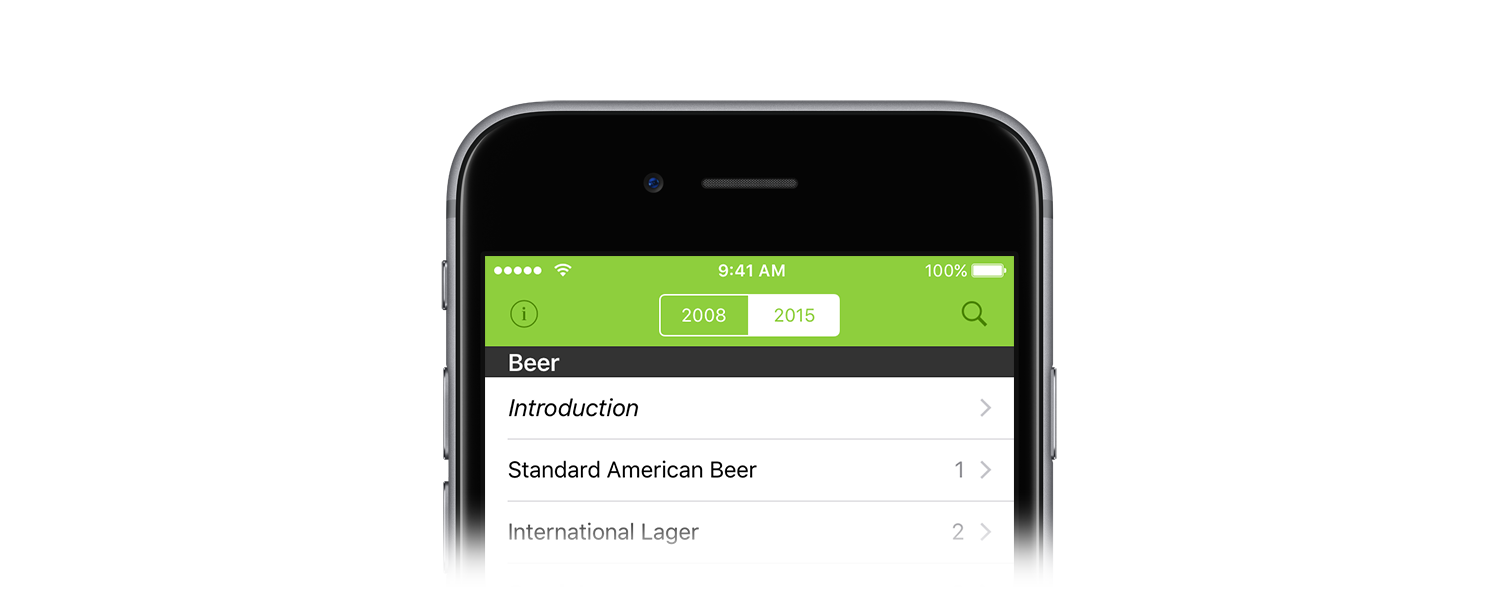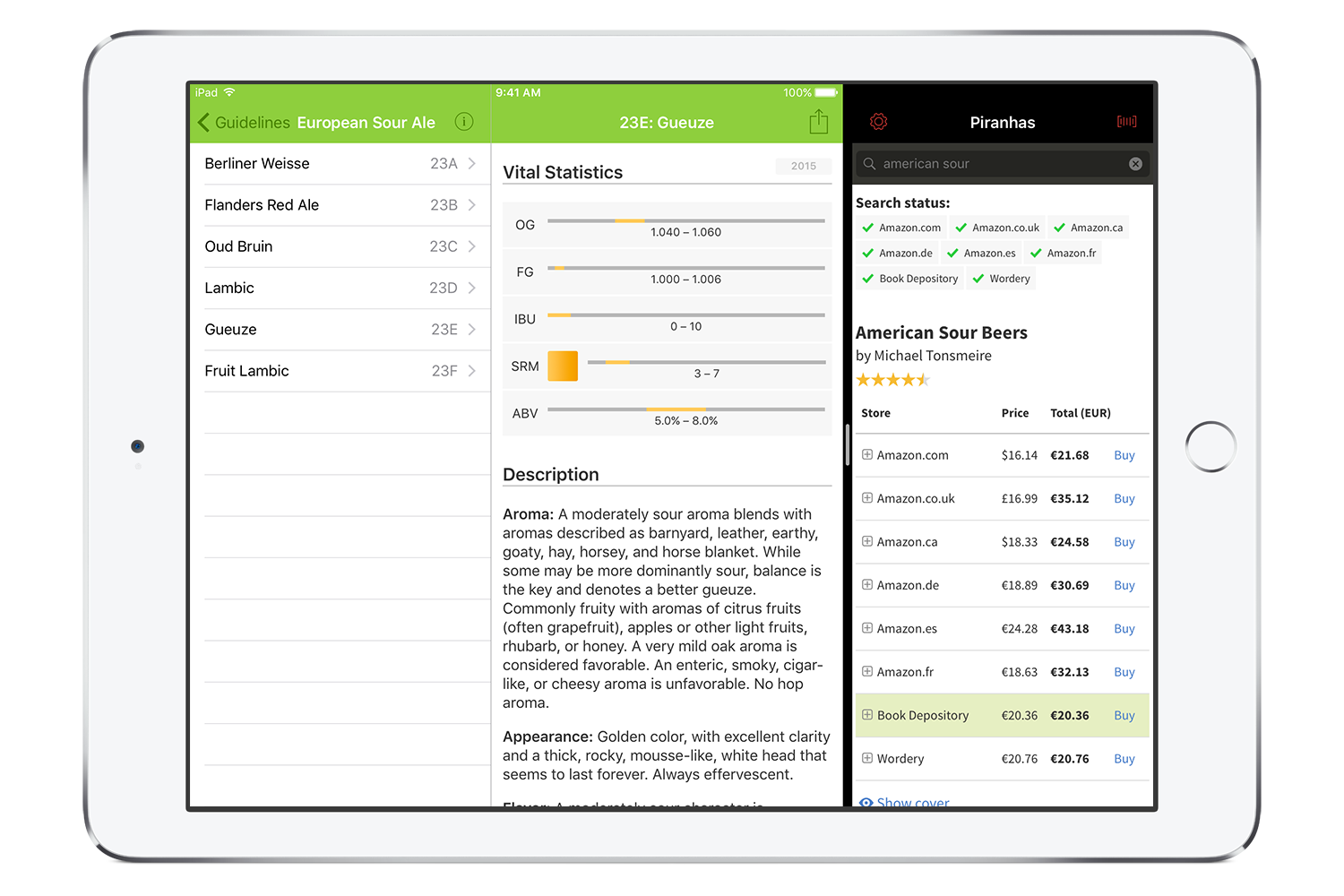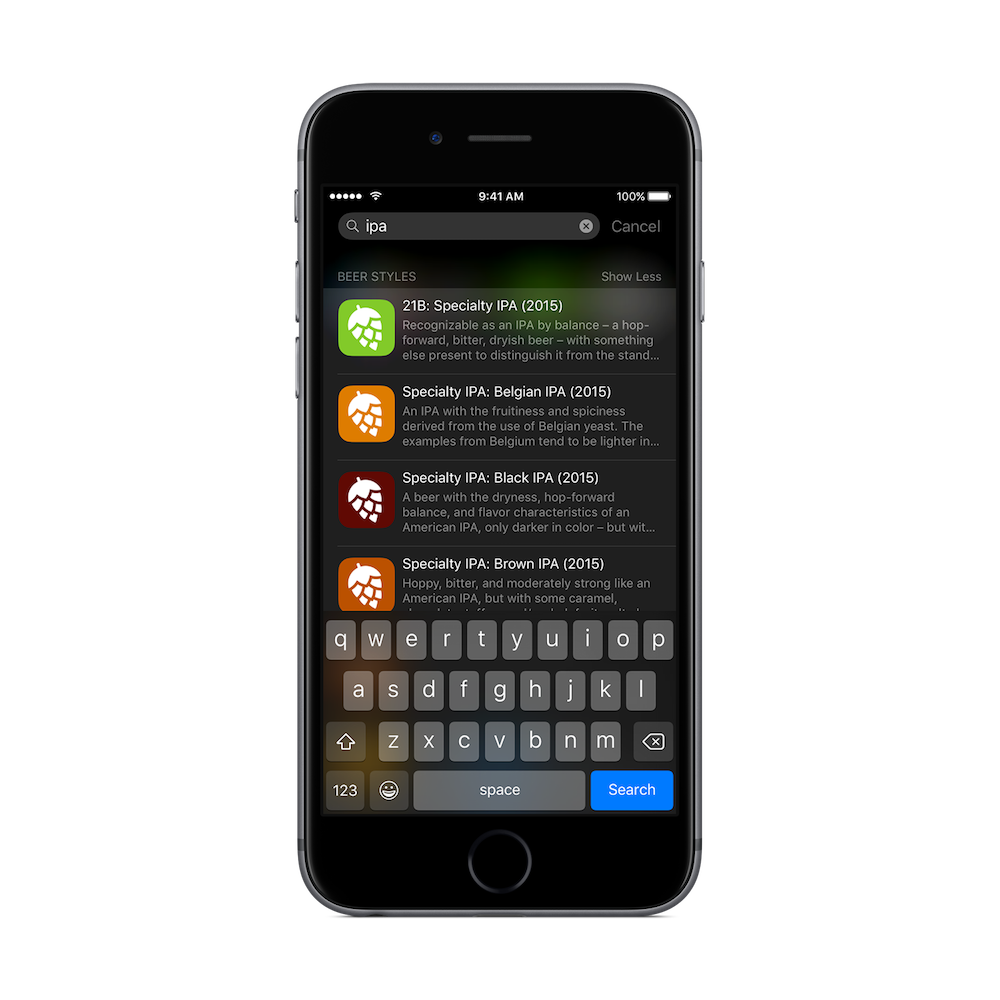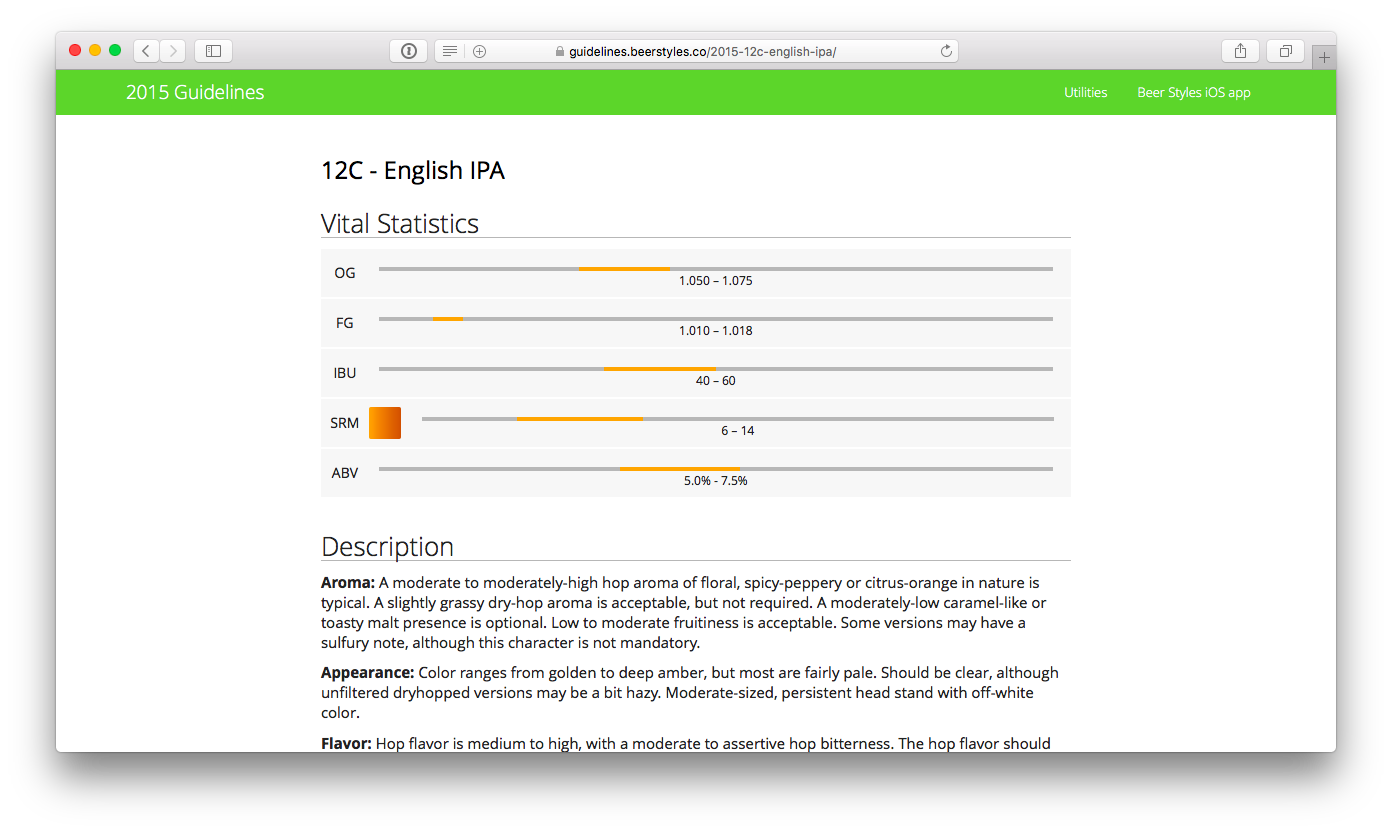In the vein of my 2013 and 2014 lists, here are a few of my favourite books of 2015 (in no particular order). That is, books that that I read in 2015, not books that were necessarily published in 2015.
Digital Apollo: Human and Machine in Spaceflight
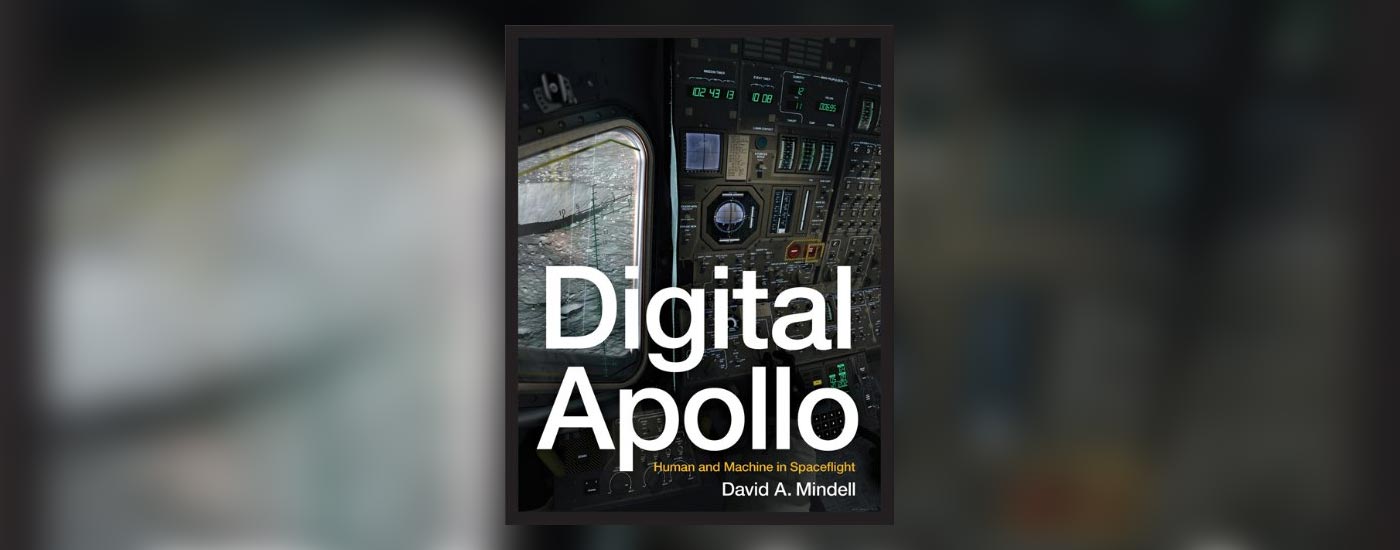
Digital Apollo by David Mindell tells the story of the amazing technology behind the Apollo lunar missions. It also delves into the debate (or even fight) between engineers and astronauts at NASA at the dawn of the space age. The full books is definitely worth reading, but the gist of it is that the engineers wanted to automate as much as possible of the flights and the astronauts wanted as much control as possible.
A Man on the Moon
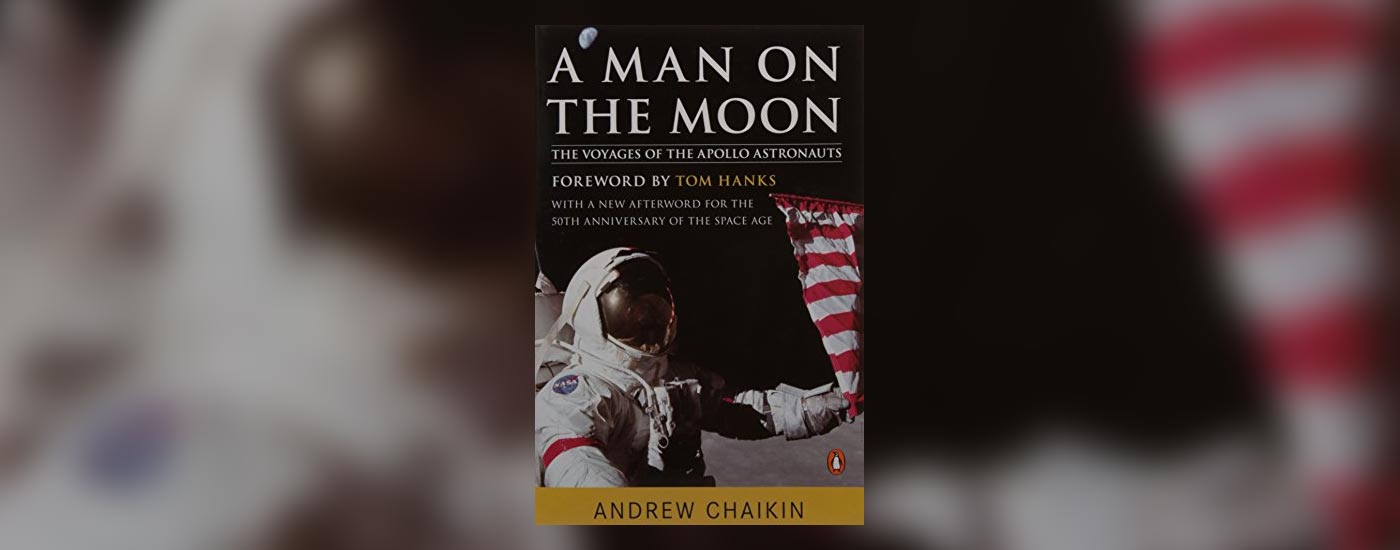
Recommended to me on Reddit by Brady Haran, A Man on the Moon by Andrew Chaikin is possibly the single accounting of the Apollo lunar missions that you’ll find within a single set of covers. Based on interviews with 23 of the 24 Apollo astronauts.
The “Imperial Radch” series
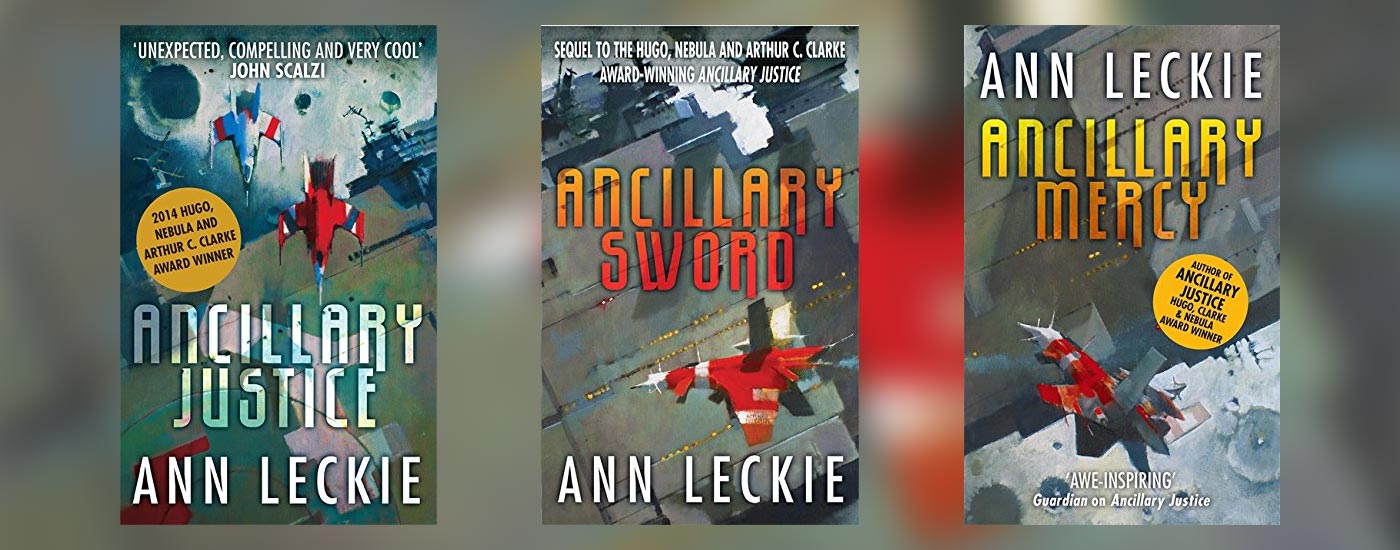
At the beginning of the year I stumbled across the first book of the Imperial Radch series, Ancillary Justice by Ann Leckie. Originally published all the way back in 2013, I found Ancillary Justice to be a totally engrossing take on a science fiction space opera.
The perspective of the protagonist, a not entirely human, kind of ex-spaceship, ex-soldier Breq is really interesting. Breq is also from a culture which doesn’t distinguish between gender which adds an interesting extra twist to the storytelling.
If you enjoy Ancillary Justice, you should definitely go on to read the next two novels in the series too (Ancillary Sword and Ancillary Mercy)
The Martian

If you haven’t heard of The Martian (by Andy Weir) until now then I think that counts as a minor miracle of some kind. I’m pretty sure I devoured the entire book over three nights or so (usually reading until it was way too late for a work night). Even if you saw the movie, I think it might be worth reading the book (at least if you’re at all a geeky or nerdy type of person).
Double Cross: The True Story of the D-Day Spies
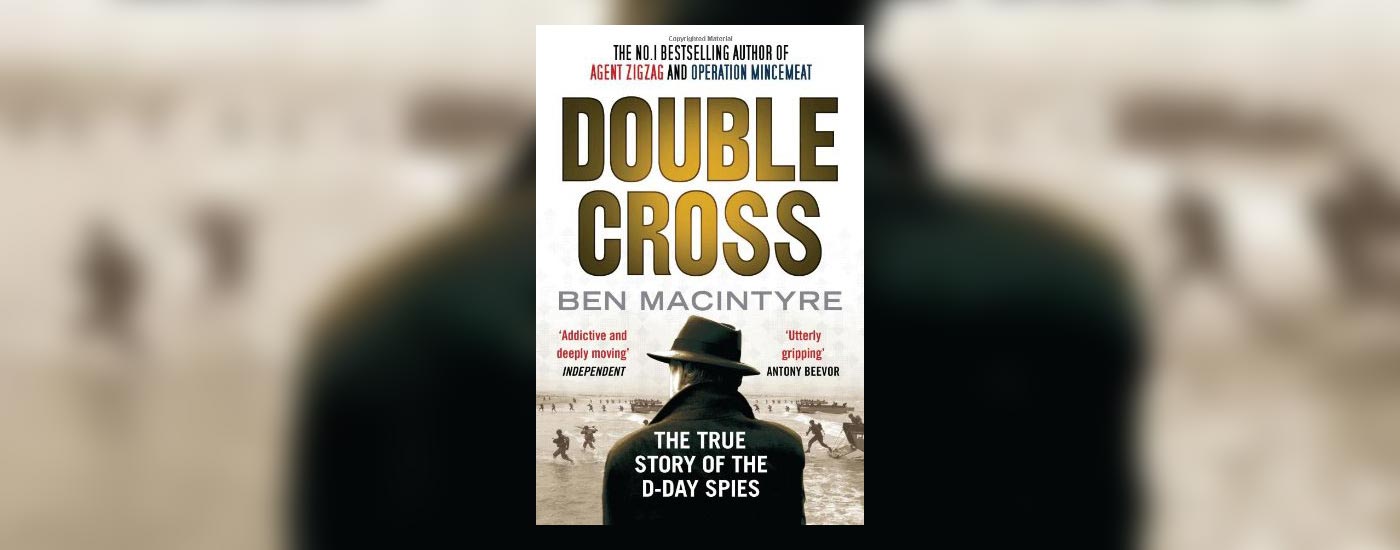
Ben Macintyre’s Double Cross is about the German and Allied spies of the second World War and about how the allies (and especially the British) managed to turn almost all German spies into double agents. It’s an amazing story and at times even hard to believe since the facts read a bit too much like a le Carré novel.
